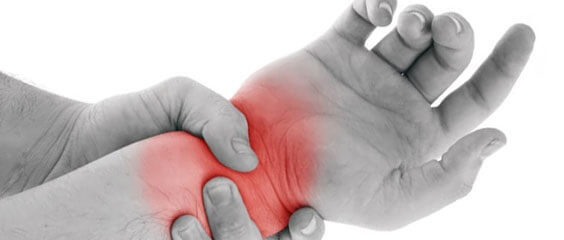
The conduct of living a normal life can be a minefield of repetitive movement. When we repeatedly ask our bodies to achieve certain tasks, the result can be pain. Simple things like vacuuming, or mowing the lawn can do it, but workplaces are probably the biggest culprit for repetitive movement injuries.
Known in the medical community as RSIs (repetitive strain injuries), activities which are performed every day (typing for example, or lifting) can be the source of ongoing pain issues. Sports can also lead to RSIs.
Chiropractic and repetitive movement injuries are a good fit, as chiropractic adjustment and manipulation get to the heart of the problem, with outstanding outcomes.
Signs you may have an RSI.
You know yourself better than anyone else, so you’re aware of daily activities that might be the source of pain. RSIs usually present as pain when attempting the activity that’s caused the problem. That could be everything from typing to playing the stand-up bass (yes, musicians get RSIs, too).
If you find that it hurts to do something you do every day, you’re looking at the source. Symptoms include weakness in the affected area, and/or swelling. A limited range of motion can also indicate an RSI.
Your chiropractor can help.
I’m a Doctor of Chiropractic, so I see people with people with these types of injuries every day. Sometimes, my patients have texted themselves into an RSI. Sometimes, they’ve been shooting hoops. Whatever’s going on with them, chiropractic and repetitive movement injuries are an excellent match. With techniques ranging from traditional adjustment to joint mobilization and manipulation, there’s a chiropractic strategy for every RSI you can think of.
Chiropractic medicine isn’t always about cracking and crunching. It can be applied by various methods and approaches to relieve the pain associated with repetitive movement injuries. Even gentle traction may be employed to loosen stiff muscles and realign the body, allowing it function normally and without pain.
Your best friend.
When people come to me with an RSI, the first thing I’m going to determine is the activity that’s provoked the injury. In consultation with the patient, I’ll examine the affected area and walk the patient through their daily routine. Through a process of elimination, I’ll find out where the pain is coming from, whether it’s pushing a vacuum cleaner, or working in a warehouse.
Once that’s been determined, I can provide the patient with some good advice. I can tell the warehouse worker to lift with his legs and perhaps wear a back support. I can give similar advice to a cleaning service employee about how to push that vacuum without inviting an RSI.
Ergonomics and posture counsel are part of my job as a chiropractor. When my patients take my advice, they manage the injury and prevent it from recurring.
Chiropractic and repetitive movement injuries are a natural fit. My services go beyond the session itself and extend to helping you live a life without RSIs. If you suspect you have a repetitive movement injury, contact us at Back & Body Medical.














